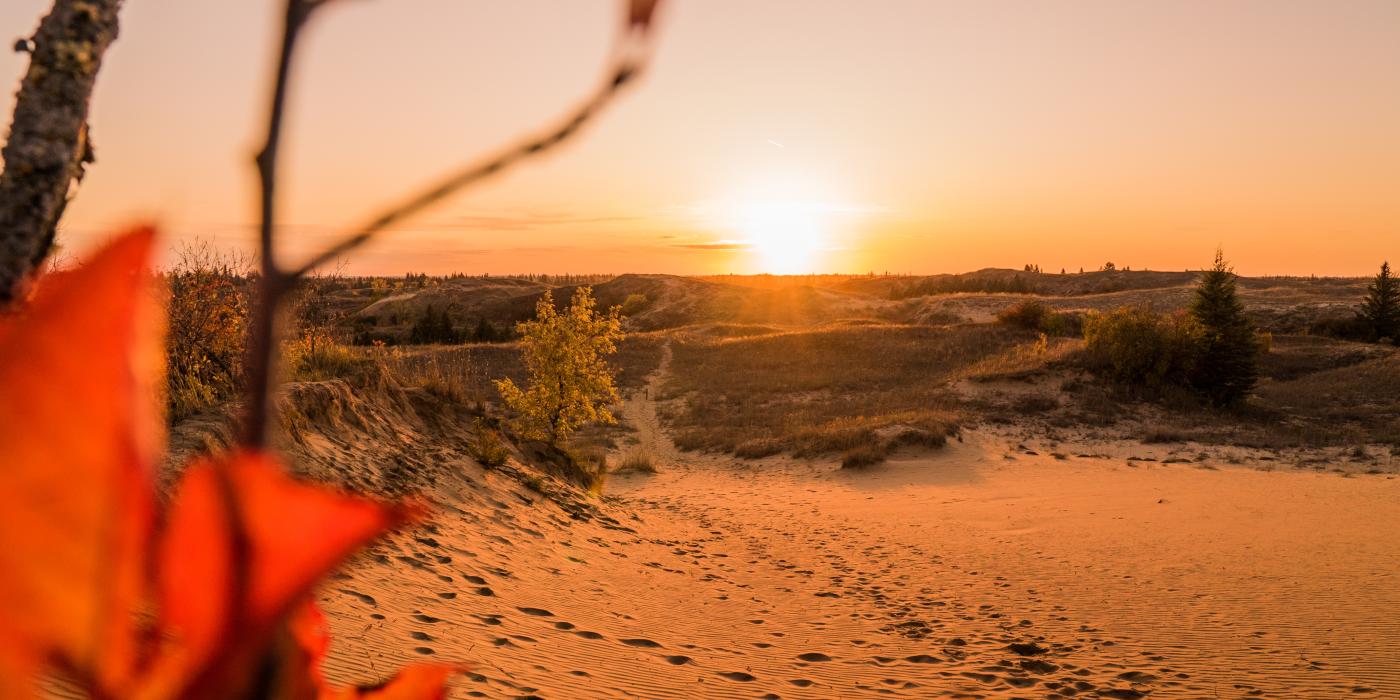- Things To Do
- Events
- Food & Drink
-
Places To Go
- Winnipeg
- Churchill
- Eastern Region
- Central Region
- Interlake Region
- Parkland Region
- Western Region
- Manitoba North
- Must-See Destinations
-
Itineraries
- Island Getaway on the Prairies
- Wheat City Wanderings in Brandon
- Escape to the water and the wild
- St. Boniface Winter: Passion and History
- Follow the path to a story in Neepawa
- Unleash your inner Viking this winter
- Explore Clear Lake this winter like never before
- Breathe in the Whiteshell this winter
- Go North for a boreal forest escape
- Treaty Areas
- Where To Stay
- Trip Essentials
- #ExploreMB Blog
Navigation Options
- FREN
- Things To Do
- Events
- Food & Drink
-
Places To Go
- Winnipeg
- Churchill
- Eastern Region
- Central Region
- Interlake Region
- Parkland Region
- Western Region
- Manitoba North
- Must-See Destinations
-
Itineraries
- Island Getaway on the Prairies
- Wheat City Wanderings in Brandon
- Escape to the water and the wild
- St. Boniface Winter: Passion and History
- Follow the path to a story in Neepawa
- Unleash your inner Viking this winter
- Explore Clear Lake this winter like never before
- Breathe in the Whiteshell this winter
- Go North for a boreal forest escape
- Treaty Areas
- Where To Stay
- Trip Essentials
- #ExploreMB Blog
For the love of Earth Day! 30 facts about Manitoba's natural environment
Posted April 14, 2023 | Author Breanne Sewards
Fact: Manitoba is on Earth...and we are so proud to call this beautiful slice of the planet home.
Celebrate Earth Day (April 22) with these 30 amazing facts on Manitoba's wildlife, ancient history and landscapes.

Wonderful Wildlife
- Churchill, Manitoba is known as the 'Polar Bear Capital of the World', where approximately 1000 polar bears congregate each fall to wait for the Hudson Bay to freeze - outnumbering the town's population of around 800.
- Each summer, approximately 57,000 beluga whales make their way to the western Hudson Bay to feed, mate and birth, 4000 of which enter the Churchill River Estuary.
- Manitoba has the biggest snake mating dens in the world. The red-sided garter snakes come out in the thousands in the middle of May to the Narcisse Dens to mix, mingle and mate.
- The elusive elk can be found in Riding Mountain National Park, especially during the fall rutting season when their unique bugle is frequently heard.
- Known as a birding mecca, Manitoba is nestled within three migration corridors where over 390 species of birds have been recorded and 287 known to nest.
- Manitoba has three varieties of caribou: boreal woodland, coastal, and barren ground.
- Sturgeon can live up to 150 years old and they never stop growing in size, making them the largest freshwater fish in Manitoba.
- The Arctic fox isn't just cute; it's also tough. The Arctic fox has the warmest pelt of any animal found in the Arctic and can endure temperatures as low as -50 degrees Celcius before its metabolism kicks in to create more warmth.
- Riding Mountain National Park is home to a captive herd of 40 plains bison. The bison that roam the 500 hectare enclosure are descendants of a small group that were introduced from Elk Island National Park in the 1940s, as an effort toward conservation of the rapidly disappearing species.
- One of the only known nesting areas of the Ross's Gull in North America is located near Churchill, Manitoba.
- The Prairie Skink is the only lizard species found in Manitoba, mainly found in and around Spruce Woods Provincial Park.
A land before time
- Our rock is old. Manitoba's bedrock is made up of ancient Precambrian rock (between 4.6 billion to 542 million years old) to young sedimentary rocks from the Paleozoic and Cenozoic era (between 542 to 66 million years old)
- The Canadian Fossil Discovery Centre in Morden, Manitoba preserves marine reptile fossils from the saltwater Western Interior Seaway which covered central North America during the Late Cretaceous Period, 80 million years ago. The collection includes Bruce, the world's largest publicly displayed mosasaur.
- The Canadian Fossil Discovery Centre also operates more than 30 active dig sites in southern Manitoba
- A giant turtle known as Archelon once swam in the Western Interior Seaway and remains to be the largest genus of sea turtle ever documented, weighing in at 2,200 kg.
- At the height of the last Ice Age 20,000 years ago, Manitoba lay beneath a sheet of ice. At its maximum size, the ice was four kilometers thick.
- 12,000 years ago, Lake Agassiz existed as a freshwater glacial lake, stretching over much of southern Manitoba, northwestern Ontario, parts of eastern Saskatchewan, North Dakota, and northwestern Minnesota. At its maximum size, Lake Agassiz was larger than any other lake in North America.
- Two types of stone, quartz and Swan River Chert, were found in the beach deposits left behind by Lake Agassiz and were used for stone tools throughout prehistory.
- Evidence shows that bison were roaming in southwestern Manitoba (at least) 10,000 years ago and were actively being hunted in Manitoba more than 8,000 years ago.
- Designated as a historic site in 1973, the Linear Mounds National Historic Site contains some of the best-preserved examples of mortuary mounds belonging to the Devil's Lake-Sourisford Burial Complex. The site is located near the Souris River in southern Manitoba, with burial mounds dating from year 900 to 1400.
- In 1998, a 28 inch-long fossil Isotelus rex was discovered by members of the Royal Ontario Museum along the shores of Hudson Bay in Manitoba. Today, the specimen still holds the current record for trilobite size.
Rock, water, air
- Considered an ecological phenomenon, an esker is a ridge of of sediment left behind by travelling glaciers. In northern Manitoba, the Robertson Esker clocks in at 300-metres long and 324-metres tall, making it the largest of its kind in the world
- Little Limestone Lake is one of the best examples of a marl lake in the world, meaning minerals in the lake cause it to change colour from crystal blue to bright turquoise with changes in temperature.
- With a prime location in the Auroral Oval, Churchill is one of the best places on Earth to view the northern lights.
- The rock that the city of Flin Flon is built upon was formed by volcanic rocks that erupted underwater millions of years ago.
- Manitoba's boreal forest is 570,000 square kilometres in size – which is larger than France - and comprises of 10% of Canada's boreal forest.
- Located in Whiteshell Provincial Park, West Hawk Lake is Manitoba's deepest lake at 115 metres, formed by a meteorite crashing into the Earth.
- Manitoba is at the centre of the Hudson Bay drainage basin, which reaches from the Nelson River west into the mountains, south in to the United States and east into Ontario.
- Manitoba isn't as flat as you think. Our province has two mountain/hill ranges (ie, escarpments), formed by prehistoric Lake Agassiz: the Pembina Escarpment and the Manitoba Escarpment.
- Located in southeastern Manitoba, 50 kilometres south of Steinbach, the Manitoba Tall Grass Prairie Preserve is one of the last remnants of tallgrass prairie in Manitoba, preserving less than 1% of its former 6,000 square kilometres.

